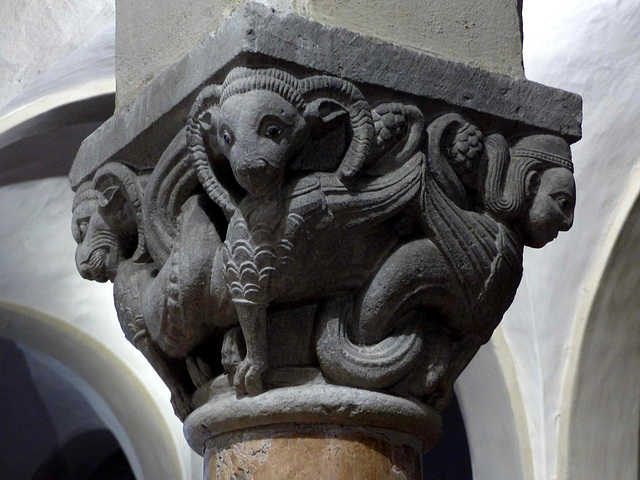Piacenza - Duomo
Piacenza - Duomo
Piacenza - Duomo
Piacenza - Duomo
Piacenza - Duomo
Piacenza - Duomo
Sélestat - Bibliothèque Humaniste
Sélestat - Sainte-Foy
Sélestat - Sainte-Foy
Sélestat - Sainte-Foy
Sélestat - Sainte-Foy
Sélestat - Sainte-Foy
Sélestat - Saint-Georges
Sélestat - Saint-Georges
Sélestat - Saint-Georges
Sélestat - Saint-Georges
Sélestat - Saint-Georges
Sélestat - Saint-Georges
Strasbourg - La Petite France
Strasbourg - Saint-Thomas
Strasbourg - Saint-Thomas
Strasbourg - Saint-Thomas
Strasbourg - Saint-Thomas
Piacenza - Duomo
Piacenza - Duomo
Piacenza - Duomo
Piacenza - Duomo
Piacenza - Duomo
Piacenza - Duomo
Piacenza - Duomo
Fidenza - Vending Machine
Fidenza - Cattedrale di San Donnino
Fidenza - Cattedrale di San Donnino
Fidenza - Cattedrale di San Donnino
Fidenza - Cattedrale di San Donnino
Fidenza - Cattedrale di San Donnino
Fidenza - Cattedrale di San Donnino
Fidenza - Cattedrale di San Donnino
Fidenza - Cattedrale di San Donnino
Fidenza - Palazzo Comunale
Borgo Val di Taro - Cinema Teatro Farnese
Varese Ligure- Castello dei Fieschi
Varese Ligure- Chiesa dei Santi Filippo Neri e Ter…
Corniglia
Vernazza - Santa Margharita d`Antiochia
Location
See also...
Keywords
Authorizations, license
-
Visible by: Everyone -
All rights reserved
-
20 visits
Piacenza - Duomo


When the first barbarian people, the Alemanni invaded northern Italy, "Piacentia" was one of the first major Roman cities to be besieged. The Battle of Piacentia then broke out in front of the city walls in 271, during which the Alemanni inflicted a bitter defeat on the Romans. The fall of the city triggered panic in the capital.
In 546, Totila subjugated Piacenza. After its conquest by the Franks in the ninth century, the city began to recover, aided by its location along the Via Francigena. Between 997 and 1035 the city was ruled by its bishops, installed by Otto III.
In the 12th and 13th centuries, Piacenza was an important member of the Lombard League. As a rule, the city remained Guelph, but at times it called upon powerful Ghibellines to aid them against their native tyrants. In 1447 Piacenza was conquered and plundered by Francesco I Sforza. After being occupied by papal troops in 1512, it was united with Parma in 1545 to form a hereditary duchy under Pier Luigi II Farnese, a son of Pope Paul III.
After the preceding "Domus Justinae" in Piacenza had collapsed in 1117 after an earthquake, the "Duomo di Piacenza" (aka "Cattedrale di Santa Maria Assunta e Santa Giustina") was erected between 1122 and 1233. The cathedral has a total length of 85 m. making it the largest Romanesque church in Emilia-Romagna.
The crypt, known for more than 100 Romanesque pillars. If the animal's head in the center is an ox or calf, it may stand for Luke, Then the lion stands for Mark, and the angel for Matthew.
In 546, Totila subjugated Piacenza. After its conquest by the Franks in the ninth century, the city began to recover, aided by its location along the Via Francigena. Between 997 and 1035 the city was ruled by its bishops, installed by Otto III.
In the 12th and 13th centuries, Piacenza was an important member of the Lombard League. As a rule, the city remained Guelph, but at times it called upon powerful Ghibellines to aid them against their native tyrants. In 1447 Piacenza was conquered and plundered by Francesco I Sforza. After being occupied by papal troops in 1512, it was united with Parma in 1545 to form a hereditary duchy under Pier Luigi II Farnese, a son of Pope Paul III.
After the preceding "Domus Justinae" in Piacenza had collapsed in 1117 after an earthquake, the "Duomo di Piacenza" (aka "Cattedrale di Santa Maria Assunta e Santa Giustina") was erected between 1122 and 1233. The cathedral has a total length of 85 m. making it the largest Romanesque church in Emilia-Romagna.
The crypt, known for more than 100 Romanesque pillars. If the animal's head in the center is an ox or calf, it may stand for Luke, Then the lion stands for Mark, and the angel for Matthew.
kiiti has particularly liked this photo
- Keyboard shortcuts:
Jump to top
RSS feed- Latest comments - Subscribe to the comment feeds of this photo
- ipernity © 2007-2024
- Help & Contact
|
Club news
|
About ipernity
|
History |
ipernity Club & Prices |
Guide of good conduct
Donate | Group guidelines | Privacy policy | Terms of use | Statutes | In memoria -
Facebook
Twitter

Sign-in to write a comment.